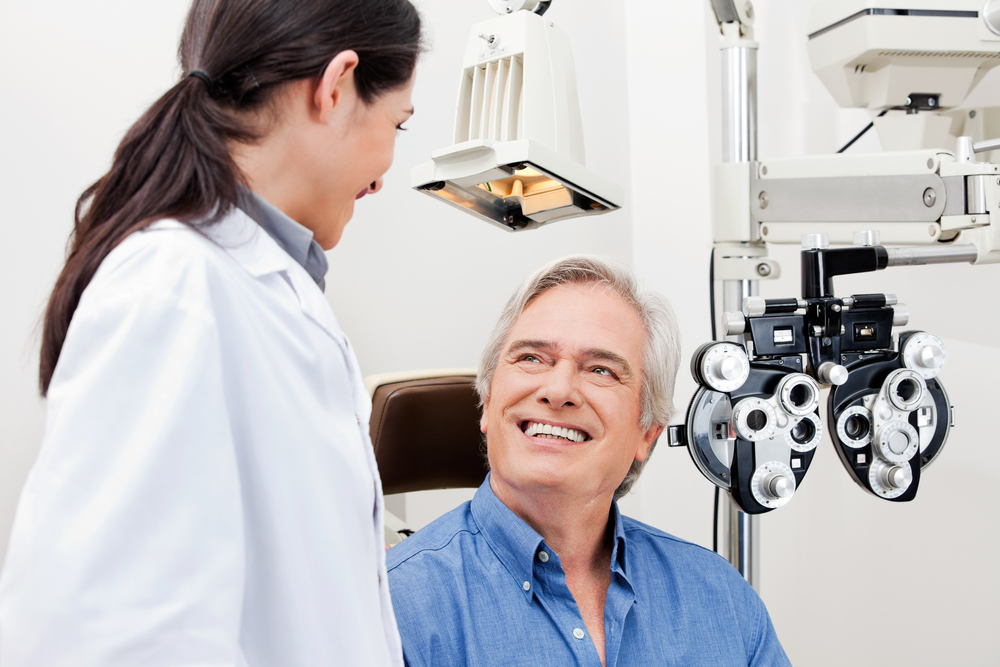Vision after cataract surgery
Vision after cataract surgery
To learn how to improve vision after cataract surgery click here
Post Cataract Surgery
Over 3.8 million Cataract surgeries are performed every year in the united states. Though cataract remains the largest cause of blindness worldwide. Vision after cataract surgery can take some time to adjust to the removal of the cataract and adapt to the intra ocular lens used to replace the natural lens.
Cataract surgery is one of the safest and one of the most performed surgical procedures in the United States. most people have excellent outcomes with no complications that influence the vision after cataract surgery.
Only 2% of cases of cataract surgery have sight-threatening complications. A variety of factors can influence the vision after cataract surgery.
Eye inflammation, which is caused by an eye infection- endophthalmitis. serious complications in vision after cataract surgery often occur in patients with other health conditions such as diabetes or high blood pressure. Frequently, within months to years after surgery, the thin lens capsule may become cloudy, causing blurred vision after cataract surgery. This is termed posterior capsular opacification, or secondary cataract. In order to regain vision, an in-office procedure is done. A posterior capsulotomy usually can clear up the cloudiness and restore sharp vision.
Improving vision after cataract surgery, is reached by the RevitalVision post cataract program. The RevitalVision eye exercises affect the vision processing ability in the brain and improves vision.
The program is designed to improve vision after cataract surgery in sessions under the supervision of an optometrist or ophthalmologist. RevitalVision therapy is scientifically and clinically based.
Back to Blog

